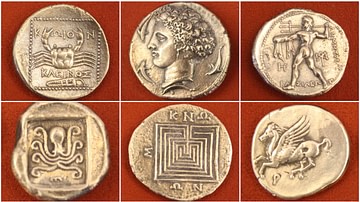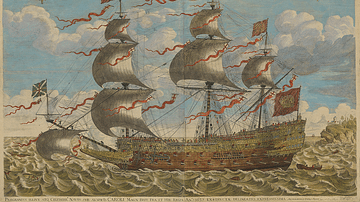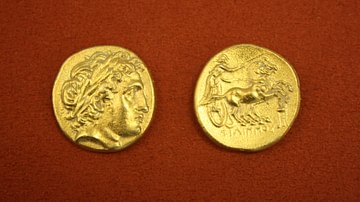Server Costs Fundraiser 2024
Help our mission to provide free history education to the world! Please donate and contribute to covering our server costs in 2024. With your support, millions of people learn about history entirely for free every month.
$3890 / $18000
Video
by The Oriental Institute
published on 02 April 2015
Money Matters: The Development of Money through the Ancient World. A four-part series that traces the development of economic systems in the ancient world and explore how money as a financial instrument has evolved over the millennia.
Monetary Networks in Graeco-Roman Antiquity
November 5, 2014
Sitta von Reden
Department of Ancient History, University of Freiburg/Germany
Many countries nowadays share a common currency or use a combination of local and international currencies to satisfy their various monetary needs. The spread of the dollar, euro and yen is an expression of the globalisation of the international market economy, the internationalisation of politics, and the dissolution of national identities and boundaries. Ancient societies, too, tried to make their currencies compatible in order to facilitate market exchange, make taxation easier and create political identity among the users of money. This lecture introduces into forms of ancient monetary networks, their motivation and benefit.
Lectures are free and open to the public thanks to the generous support of Oriental Institute Members and Volunteers.
License & Copyright
Original video by The Oriental Institute. Embedded by James Lloyd, published on 02 April 2015. Please check the original source(s) for copyright information. Please note that content linked from this page may have different licensing terms.
The video and its description text are provided by Youtube. This website claims no authorship of this content; we are republishing it for educational purposes.




